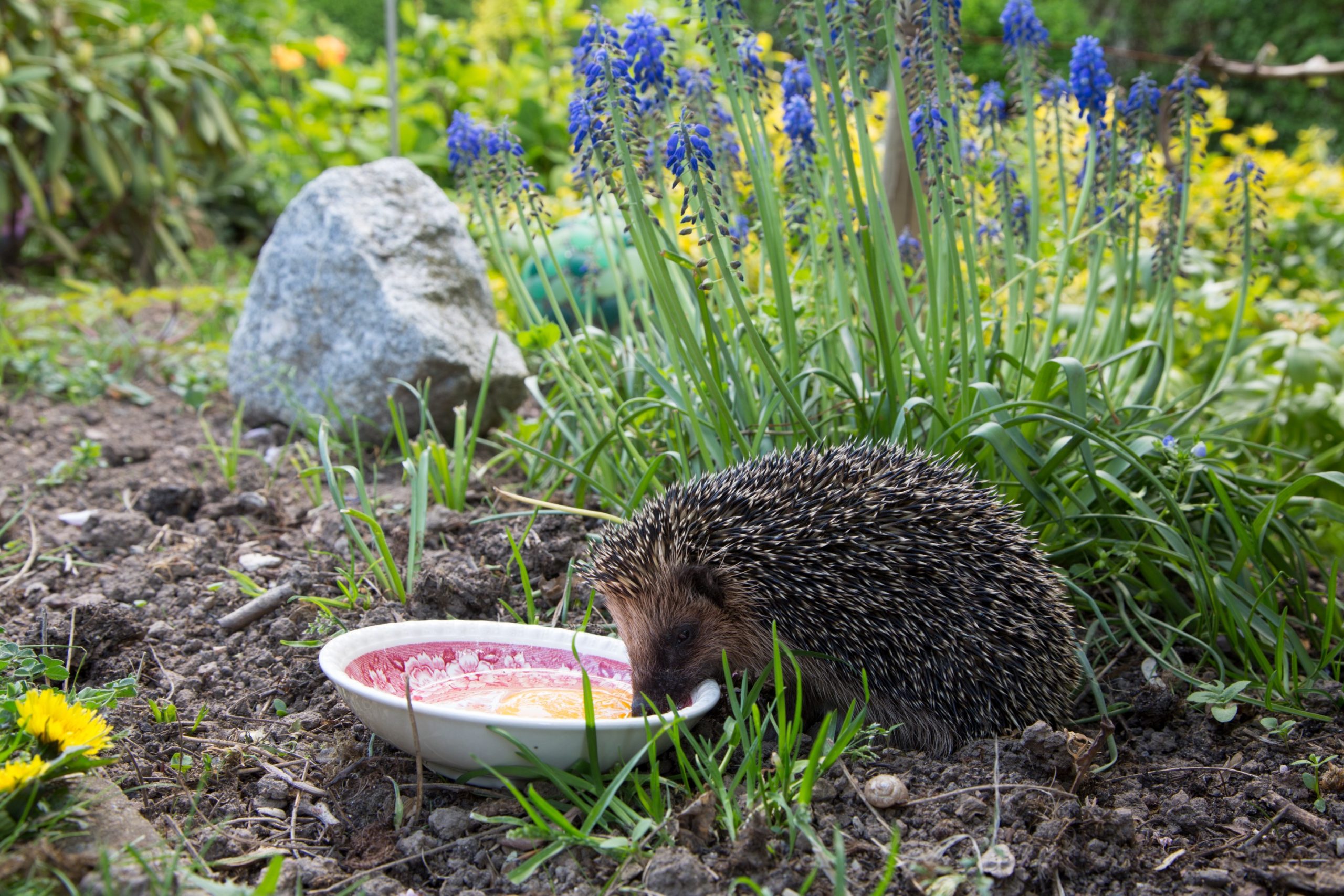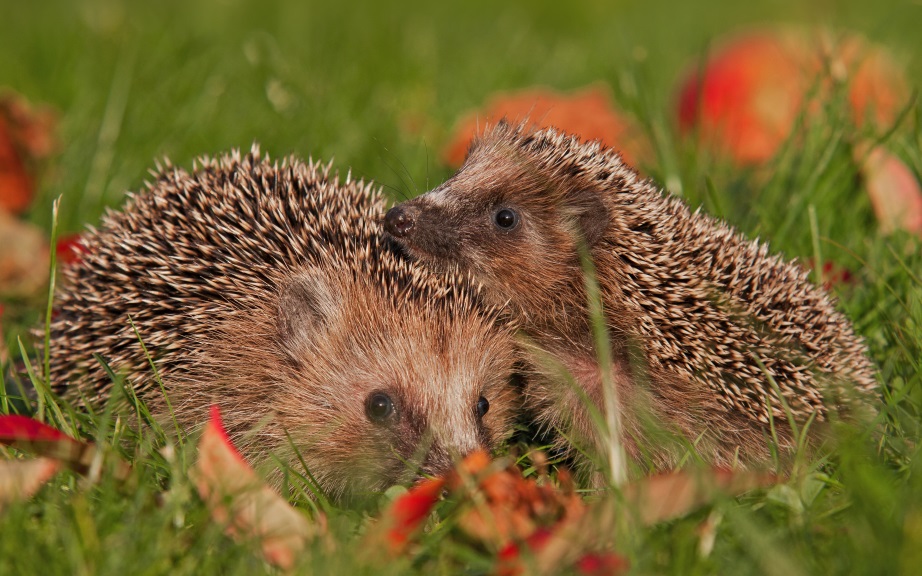
Despite hedgehogs being named Britain’s favourite mammal in 2016, some Brits are still unsure as to what to do if they have a hedgehog visit their garden and more importantly, how to keep their gardens hedgehog friendly and casualty-free.
How to prepare a Hedgehog friendly garden
Here are our top tips that keep the prickly visitors safe and happy for when they next come to visit:
1. Leave a nutritious bowl of food and water out
The hedgehogs and their newly born hoglets are going to be very hungry and thirsty, so we recommend leaving out a bowl of nutritious food for them to eat, such as our Crunchy Dry Food alongside a bowl of water.
2. Create a small gap in your fence
Create a small hedgehog size hole in your fence, so that they can pass through safely and easily on their journey to other gardens as well as yours. We’d recommend making your hole approximately 15cm wide so hedgehogs can easily fit through the gap.
3. Cover any exposed drains
It is important to cover any exposed drains in your garden as it is easy for small hedgehogs to get trapped and potentially suffer from chemical burns from the residue of your kitchen cleaning products, which would be very distressing for the hoglets.
4. Clear your garden of any rubbish
Hedgehogs are curious creatures, meaning that they sometimes rummage through any open rubbish bags, which may contain sharp objects, like a tin can lid. We’d always recommend ensuring that your rubbish bags are tied tightly so hedgehogs and their hoglets can’t make their way inside.
Hedgehogs also love to nest in bin bags, so it is vital that you check them before throwing them away!
5. Avoid using pesticides and other garden chemicals
Many pesticides and other garden chemicals contain poisons – for example slug pellets – which are deadly to hedgehogs and other garden wildlife. We would advise you to use more organic methods, such as soapy water, marigolds, or peppermint plants. Hedgehogs like to munch on bugs so often they are a natural form of pest control themselves!
If you do need to use pesticides as a last resort, it is important that you read the ingredients and instructions on how to use beforehand to ensure that you are using them safely.
6. Build a ramp for any ponds or pools in your garden
Although hedgehogs are surprisingly good swimmers, they can become exhausted and drown if they cannot escape the pond or pool easily.
For this reason, we suggest that you build a ramp around the edge of your pond or to leave a piece of chicken wire at the edge of your pool, which will act as an escape ladder for the hedgehog.
Submit your hedgehog sighting
Once you have made your garden hedgehog-friendly and you do see a hedgehog, we encourage you to record your sighting in our online Hedgehog Hotspot Map at https://www.spikesfood.co.uk/submit-sighting/ , which will help us track population levels of hedgehogs moving forward.
Fill out the form with the date, time, location, photo, plus any other noteworthy information, in order to help educate your neighbours as to where and when they can expect spiky visitors in your area, so that they too can help to do all they can to care.



